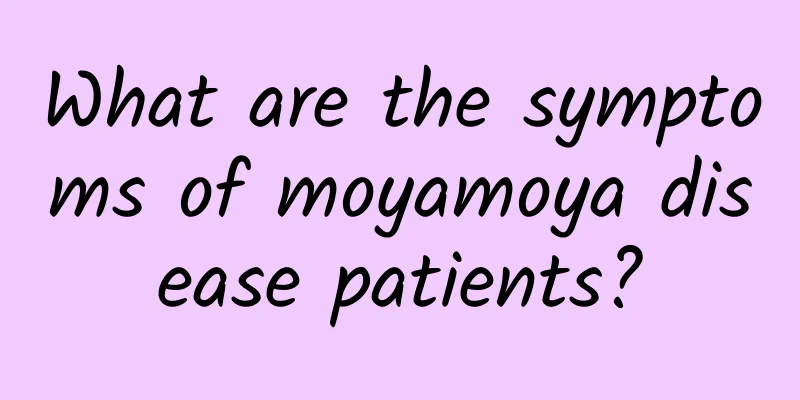Facial neuritis

|
We should first understand the symptoms of facial paralysis. Facial paralysis is easy to understand. The patient's muscles are no longer constrained by the brain nerves. At this point, no matter how much the disease sends nerve signals, there is no expression on the face. We should learn to distinguish facial neuritis in our daily life. This disease can easily cause paralysis on one side of the face and can also feel painful effects on the skin. First of all, facial neuritis is not contagious, and this type of disease is more obvious in causing facial muscle twitching. There are definitely patients with these diseases in our daily lives. We should interact with them appropriately and not form any resistance to them. This can easily affect the patient's recovery. Causes and pathology It has not yet been fully elucidated. It is generally believed that the bone N vessels can barely accommodate N. Once ischemia and edema occur, there will be a vicious cycle of edema and compressive ischemia. The triggering factors are: 1. Viral infection 2. Various forms of cold and autonomic nervous instability cause the neuronutrient blood vessels to contract and the capillaries to dilate, resulting in tissue edema and compression. The early pathological changes of facial N are edema and demyelination, and in severe cases, axonal degeneration occurs. 3 Clinical manifestations Given that at any age, males > females. 1. Acute onset, reaching peak within a few hours or 1-2 days, with pain in the mandibular angle or behind the ear at the beginning of the disease. 2. The main symptom is paralysis of the facial expression muscles on one side. The forehead wrinkles disappear; the palpebral fissure cannot close or closes incompletely. When trying to close the eyes, the eyeball on the paralyzed side rotates upward and outward, revealing the white sclera, which is called Bell's sign. The nasal groove on the affected side becomes shallower, the corner of the mouth droops, and the corner of the mouth tilts toward the healthy side when showing the teeth. Due to the paralysis of the orbicularis oris muscle, air leaks when inflating or whistling. Due to the paralysis of the buccinator muscle, food is easily retained between the teeth and cheek on the affected side. 3. When the lesion is above the point where the chorda tympani joins the facial nerve, there may be loss of taste on the same side. Facial neuritis seriously affects our daily life, so we should pay attention to keeping warm and proper nutritional supplements to prevent this disease. At present, the main cause of this disease cannot be determined very well, so it is necessary to detect the patient's symptoms early in daily life in order to carry out the most effective treatment. Daily relaxation of patients can effectively alleviate the symptoms of the disease. |
<<: What can't you eat if you have cerebral infarction?
>>: What to eat during menopause for women
Recommend
What causes right-side hemiplegia and swelling?
Hemiplegia is a common symptom in life. It brings...
What is genital herpes? What are the symptoms? How to classify?
Genital herpes is caused by infection with a herp...
Find this "point" on your body and you won't have to worry about kidney deficiency in your life
Kidneys are the foundation of our constitution. H...
Traditional Chinese medicine treats arrhythmia, combining treatment and prevention
Arrhythmia is the most common type of cardiovascu...
Symptoms of scapula bursitis
Scapular bursitis is a common disease. We know th...
Is there any effect of soaking feet with mugwort leaves for Yin deficiency?
Nowadays, due to work fatigue and lack of sleep, ...
Gastrointestinal bleeding
The importance of the digestive system to human h...
How much amniotic fluid is normal in three months of pregnancy
When the pregnancy is three months, some amniotic...
Dosage of Asarum
There is a saying in traditional Chinese medicine...
Thyroid blood test indicators
Many people have done thyroid blood tests on a re...
Physical therapy for neuralgic headaches
Neuralgia is mainly caused by tense and contracte...
How to massage breast obstruction
Mammary duct obstruction can cause breast swellin...
Can I sleep with my partner during the 40th day of pregnancy?
Pregnancy is a very important event in the life o...
What to do if dandruff is too much and too big
Healthy hair should be free of dandruff, which is...
Can fire therapy cure ovarian cysts?
Traditional Chinese medicine health care seems to...









